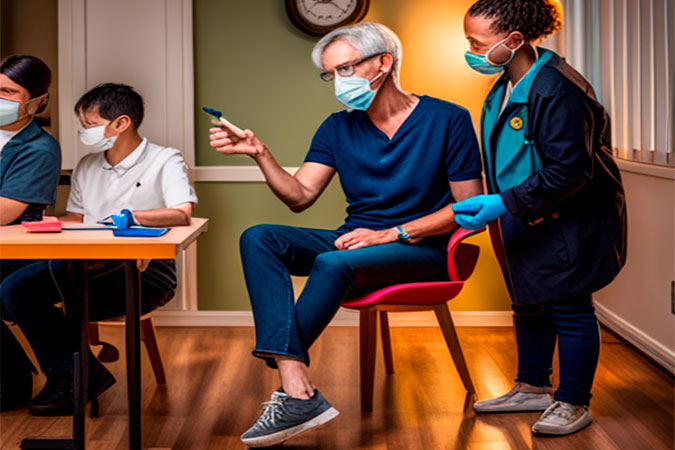Navigating COVID-19: Vaccination, After-Effects, Variants, and Safety Measures
As we approach the middle of 2023, COVID-19 continues to influence the ebb and flow of our daily routines. It’s shaped the way we interact, work, and engage in recreational activities.

COVID-19: Vaccination, After-Effects, Variants, and Safety Measures
As we approach the middle of 2023, COVID-19 continues to influence the ebb and flow of our daily routines. It’s shaped the way we interact, work, and engage in recreational activities. The global scientific community has done a phenomenal job to minimize its impact. Still, with evolving information about vaccines, new variants, long-term after-effects, and persistent safety measures, the landscape is continually shifting.
Vaccination
At the heart of the world’s battle against COVID-19 is the development and distribution of effective vaccines. Companies such as Pfizer, Moderna, Johnson & Johnson, and AstraZeneca have released vaccines that have proven efficacy in preventing severe illness and death. Vaccines work by teaching our immune systems how to recognize and fight the virus.
It’s essential to stay informed about the vaccines’ efficacy, potential side effects, and how they interact with our immune systems. The Centers for Disease Control and Prevention (CDC) regularly updates vaccination guidelines and provides comprehensive data to guide individuals, particularly those with specific medical conditions or the elderly.
After-Effects
Known as ‘long COVID’, the after-effects of the virus are a critical area of study. Some people experience symptoms such as fatigue, brain fog, and breathlessness months after the acute phase of the illness has passed. The National Institutes of Health (NIH) is currently undertaking significant research into understanding and treating these persistent symptoms.
Variants
New variants of the SARS-CoV-2 virus are being identified worldwide. These variants sometimes carry mutations that allow them to spread more easily or potentially evade some level of immunity. However, the good news is that the current vaccines have shown effectiveness against the known variants, and scientists are continually studying and monitoring these changes.
Safety Measures
Safety measures, such as wearing masks, social distancing, and regular hand washing, remain important tools to curb the spread of the virus. These measures are particularly crucial in closed, crowded spaces where the virus can spread more easily. Adhering to the guidelines set out by your local health department and the CDC can help keep you and your community safe.
The COVID-19 pandemic is a dynamic, evolving situation. The continued commitment of the global scientific community, government organizations, and individuals to the shared goal of overcoming this crisis is heartening. By staying informed, getting vaccinated, and following safety guidelines, we can each play our part in moving towards a post-pandemic world.











